GeForce RTX 2060 reviews. Is it worth buying a new Nvidia GPU?
A lot of tests concerning the latest Nvidia graphics card based on the Turing architecture, GeForce RTX 2060, have already appeared on the web. Is it a successful design? We have prepared for you a list of tests conducted by various experts.
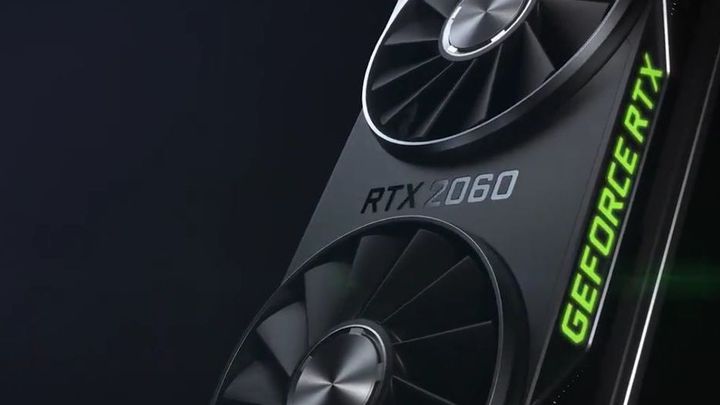
In a week's time, the new Nvidia graphics card considered as a "mid-shelf" product - GeForce RTX 2060, will have its premiere on the market. A lot of reviews of this video chip have already appeared on the web. The tests show performance and answer the question if it's worth to buy such a card for your rig.
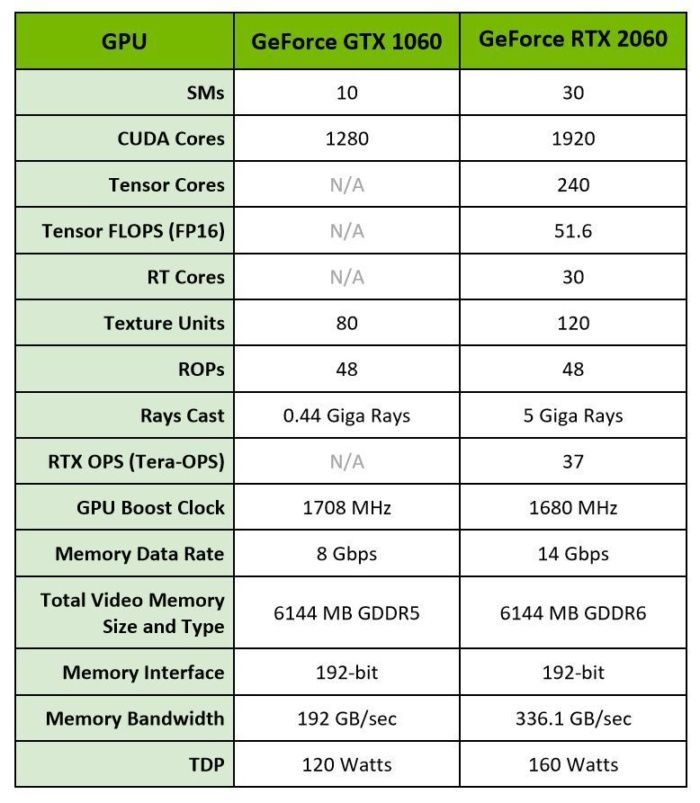
RTX 2060 – various tests
PCGamer
The RTX 2060 is by far the easiest of the RTX lineup to recommend. It's not just the lower price, it's the fact that performance is still good. It typically matches the GTX 1070 Ti, and that's without DLSS and DXR. If (dare I say when?) those catch on, it will become an even better bargain. It's not a perfect graphics card, as I noticed enabling DXR in Battlefield 5 caused a bigger hit to performance at 1440p and 4k than on the other RTX models. That might be simply because prior to now, all of the RTX cards had at least 8GB VRAM, but we'll have to wait and see. – as we can read in this review.
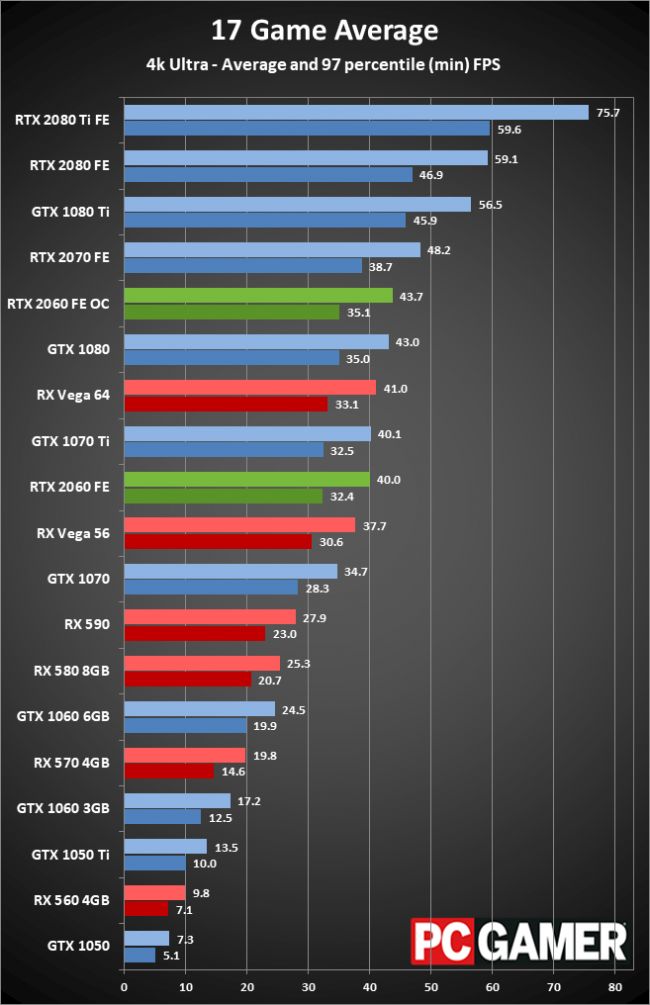
Guru3D
NVIDIA has seen a pretty rough launch with the GeForce RTX series. It's not that the new technology isn't embraced or isn't liked, it's mostly due to the current lack of game support and the simple fact that the price level is out of reach for most people. We do think that the GeForce RTX 2060 is what the market needs. The GeForce RTX 2060 is plenty fast for any day gaming up-to say the Quad HD monitor resolution of 2560x1440. The added benefit is a handful of Tensor cores and the ability to put the RT cores to uses. This way at a relatively safe amount of money (349 USD) you get that good shader engine performance at 1070 Ti / 1080 performance levels and also the option to check out, try & see what the RayTracing hype is all about. The GPU that resides inside the RTX 2060, really is the RTX 2070 that is cut down. The 6GB of graphics memory seen over 8GB really isn't a hindrance either as long as you stick to that (Wide) Quad HD domain. Looking at it towards a competition point of view, the card positions itself in-between the two Vega cards, with it's the closest opponent being the Radeon Vega 64. The Raytracing and AI feature like DLSS is, of course, interesting but remain are a proof of concept and a bit of a gimmick until more games support it properly. Realistically the GeForce RTX 2060 is the safest bet at its 349,- asking price. Alongside the GeForce RTX 2070, this GeForce RTX 2060 is making a good impression. Let's hope the availability is good, and pricing indeed stabilizes at the advertised values. As we can read.
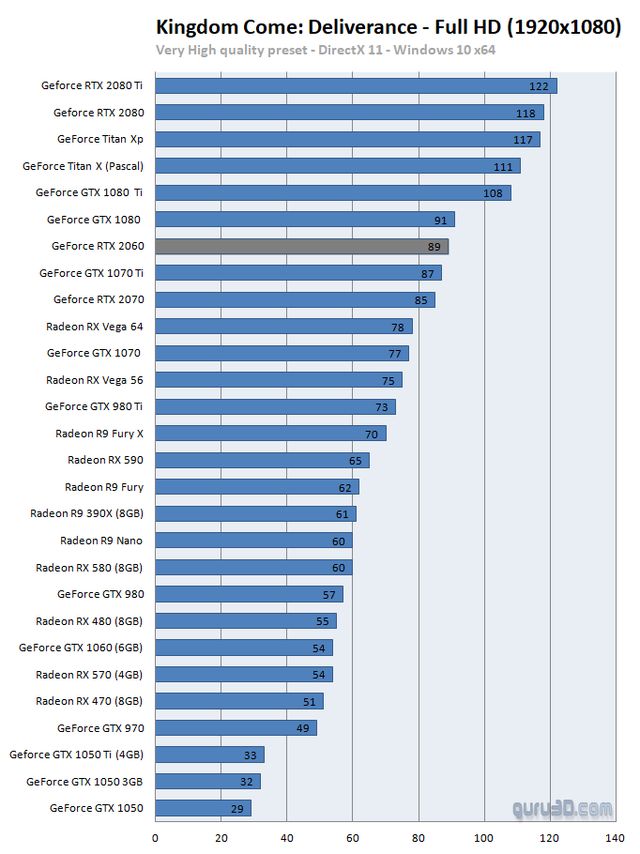
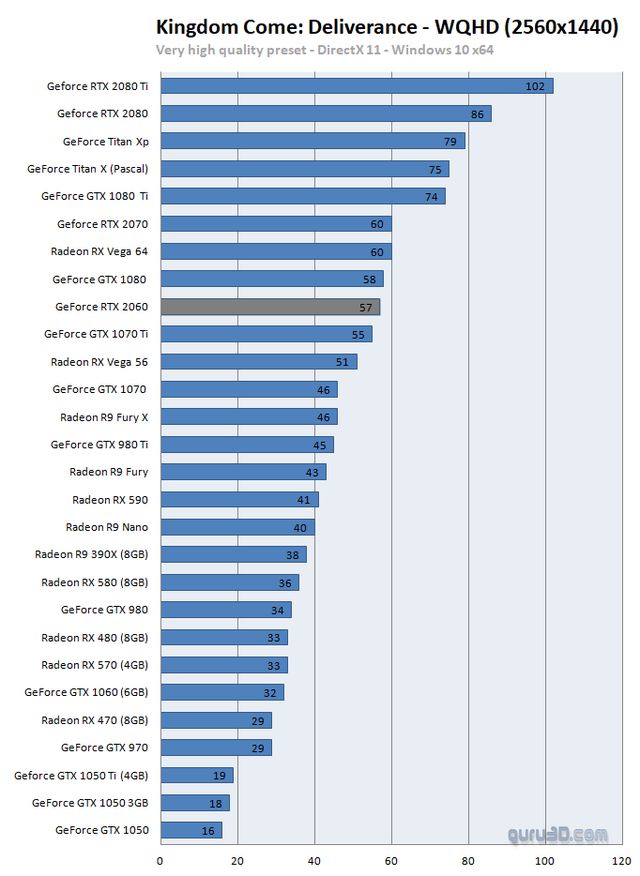
AnandTech
Compared to previous generations, it’s not breaking the price-to-performance curve, as it is still an RTX card and pulling double-duty as the new entry-point for RTX platform support. That being said, there is no mincing words about the continuing price creep of the past two GeForce series. The price-to-performance characteristics of the RTX 2070, 2080, and 2080 Ti is what renders the RTX 2060 (6GB) a better value in comparison, and not necessarily because it is great value in absolute terms. But as an upgrade from older mainstream cards, the RTX 2060 (6GB) price point is a lot more reasonable than the RTX 2070’s $500+, where there more of the price premium is from forward-looking hardware-accelerated features like realtime raytracing. – as we can read on the site.
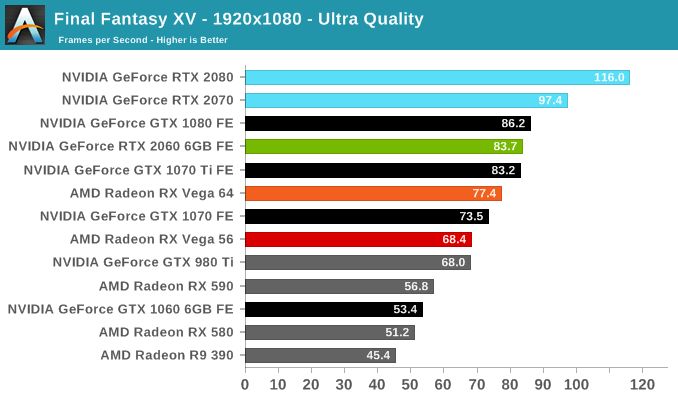
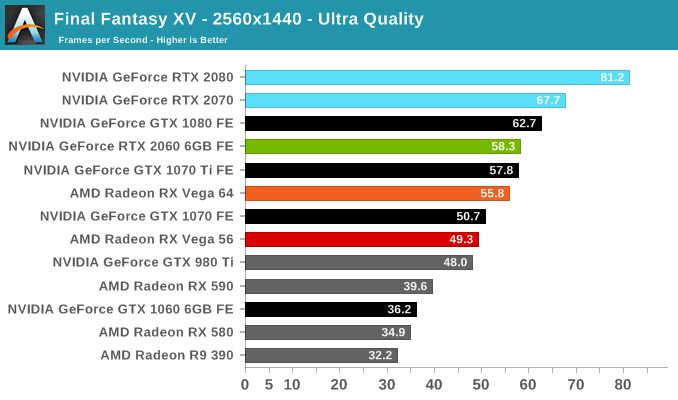
Tom’s Hardware
A price tag of $350/L330 puts GeForce RTX 2060 in the same territory as GeForce GTX 1070. It’s less expensive than AMD’s Vega 56 and Nvidia’s 1070 Ti. Yet, it beats both cards more often than not. The geometric mean of RTX 2060’s average frame rate across our benchmark suite at 2560x1440 is 77.9 FPS. Apply the same calculation to GTX 1070 Ti and you get 76.2 FPS. RX Vega 64 achieves 77.8 FPS. RX Vega 56 sits at 69.8 FPS. GTX 1070 lands just under that, at 67.2 FPS. – as we read in this this review.
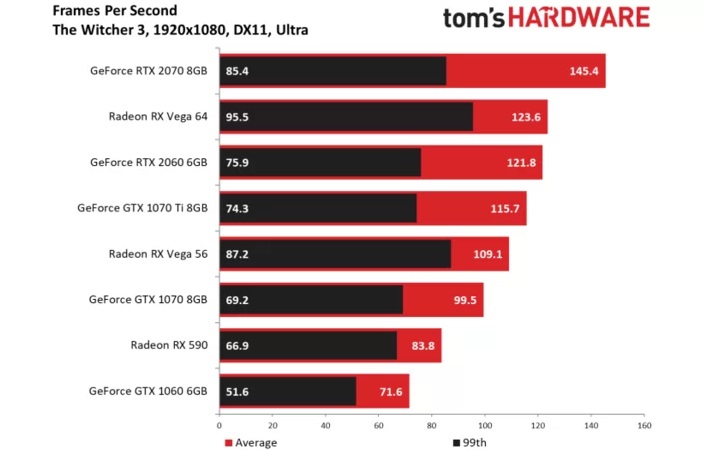

Worth it or not?
The answer seems simple: yes. Most experts agree – if the power/price ratio is taken into account, the RTX 2060 is the best card in the latest Nvidia series. It offers great performance, significantly improving the performance of its predecessor, often surpassing GTX 1070 chipsets, and in some tests also 1070 Ti (according to PurePC editors, it often gives way even to GTX 1080). Although this is a more expensive card than the GTX 1060, the performance gains are big enough to justify this price. Add-ons like ray tracing or DLSS are just a cherry on the cake, not the main advantage - and that's how it should be, especially since, despite the passage of months, support for these technologies still leaves a lot to be desired and it's difficult to assess their usefulness.
However, there are two conditions for the cost-effectiveness of purchasing such a video card. First of all, it is mainly suitable for playing at resolutions of 1080p or 1440p (hence the choice of graphs in this text) - in 4K 6GB of VRAM begins to be too heavy a burden, although some titles can be played even in such resolution, if we accept the speed at the level of 30 frames. Secondly, the prices must really be at the levels suggested by the manufacturer. It is the ratio of performance to price that makes this chip a recommendable product - if problems with availability or market turbulence cause that you will have to pay for it noticeably more, then despite the lack of real competition from AMD, the card may lose the competition with the older generation (mainly with cheaper 1070 and 1070Ti models).
0
Latest News
- End of remote work and 60 hours a week. Demo of Naughty Dog's new game was born amid a crunch atmosphere
- She's the new Lara Croft, but she still lives in fear. Trauma after Perfect Dark changed the actress' approach to the industry
- „A lot has become lost in translation.” Swen Vincke suggests that the scandal surrounding Divinity is a big misunderstanding
- Stuck in development limbo for years, ARK 2 is now planned for 2028
- Few people know about it, but it's an RPG mixing Dark Souls and NieR that has received excellent reviews on Steam, and its first DLC will be released soon

